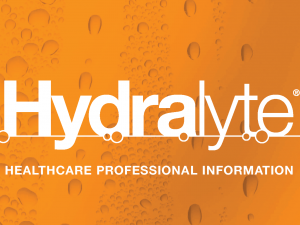Academic pharmacist Nataly Martini provides key information on Helicobacter pylori pathophysiology, diagnosis and evidence-based treatment strategies to enhance patient outcomes
Copper: Useful for more than the rivets on your jeans

Too much or too little of the trace element copper in the body can cause problems, writes complementary medicines expert Shaun Holt
Kia ora and welcome to Pharmacy Today Kaitiaki Rongoā O Te Wā
Not a subscriber? Unlock this article by subscribing here.
1. Lowe, N. M., Fraser, W. D., & Jackson, M. J. (2002). Is there a potential therapeutic value of copper and zinc for osteoporosis?. Proceedings of the Nutrition Society, 61(2), 181-185.
2. Zheng, J., Mao, X., Ling, J., He, Q., & Quan, J. (2014). Low serum levels of zinc, copper, and iron as risk factors for osteoporosis: a meta-analysis. Biological trace element research, 160(1), 15-23.
3. Rakhmetova, A. A., Alekseeva, T. P., Bogoslovskaya, O. A., Leipunskii, I. O., Ol’khovskaya, I. P., Zhigach, A. N., & Glushchenko, N. N. (2010). Wound-healing properties of copper nanoparticles as a function of physicochemical parameters. Nanotechnologies in Russia, 5(3-4), 271-276.
4. Cangul, I. T., Gul, N. Y., Topal, A., & Yilmaz, R. (2006). Evaluation of the effects of topical tripeptide‐copper complex and zinc oxide on open‐wound healing in rabbits. Veterinary dermatology, 17(6), 417-423.
5. Squitti, R., Siotto, M., & Polimanti, R. (2014). Low-copper diet as a preventive strategy for Alzheimer's disease. Neurobiology of Aging, 35, S40-S50.




